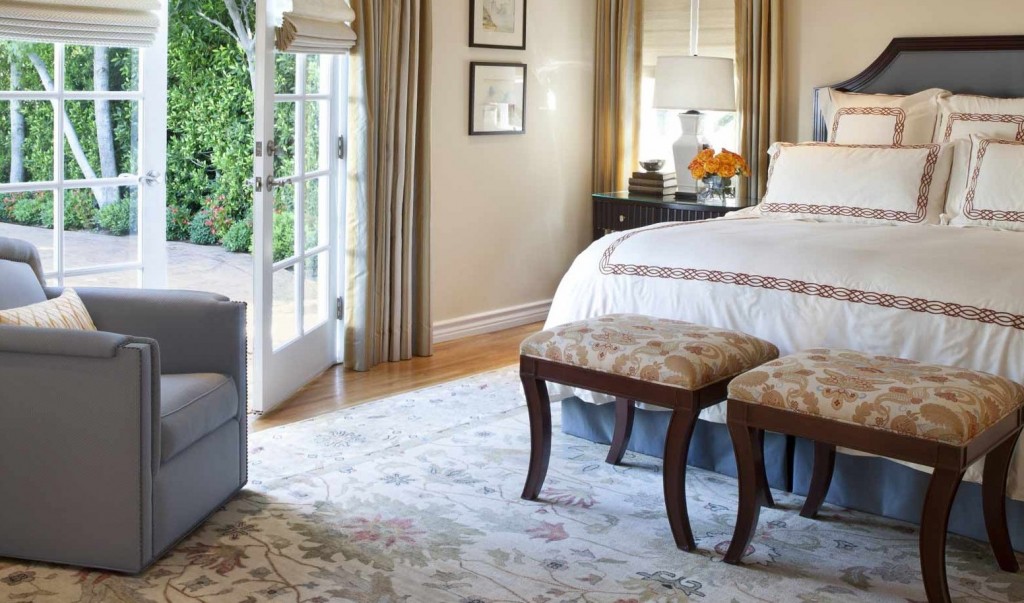ABOUT BARBACCI
Plush Home is proud to offer an exclusive line of Barbacci Linens, known among discerning clients as one of the finest linens in the world. There is nothing more luxurious in the bedding world than selecting your own thread color combination for any of our exclusive embroidery patterns, then having them made in Italy by old-world techniques. Our lead times are an astonishing 4-6 weeks.
Creating innovative lines of handmade products, Barbacci was founded in 1958 in Greve, Italy, a picturesque commune in Florence. The company has imported to the US since 1992, and the brand is particularly recognized and appreciated in the finest of boutiques in Paris and all areas south of France.
Materials used today range from simple cotton cloth to rich sateen, Fiandra, jacquard, precious linen, linen mixture, and pure silk. Sheets are enriched with embroidery, applications, lace and lace work. Borders are especially elegant. High manufacturing standards ensure the utmost in quality, from the selection of tissue to designs and cut technique – still made by “tear.”
HOW TO ORDER
Select a size.
Select a desired thread count.
Select an embroidery pattern.
Specify any combination of 1-3 thread colorways you would like for your selected embroidery pattern.
Contact us with your final selection and/or for design assistance on your custom bedding.
WASHING IN THE WASHING MACHINE
Delicate items with lace and embroidery must be enclosed in a large, thin mesh. Pillow cases and duvet covers can be washed inside out to protect the lace.
Ensure that your washer is fully operational and can perform the following cycles: whites: 50°/60°C – 120°/140°F, colours: 30°/40°C – 85°/105°F, delicate fabrics: cold water/30°C – cold water/85°F cold final rinse, pre-soaking.
When the wash cycle is completed, remove the laundry immediately and shake it to minimise wrinkles. Never over-fill the washer drum.
Temperatures
Always use the lowest possible water temperature, following these guidelines for cotton and linen: whites at 60°C/140°F, colours at 40°/105°FC. These are the maximum temperatures you may use. If the laundry is lightly soiled, it can be washed at 40°C/105°F for whites and at 30°C/85°F for colours. For a cleaner wash, pre-soak the laundry instead of increasing water temperature. Use maximum temperatures only on the hardest-to-clean articles.
First Wash
Household linen must be washed before it is used for the first time, because fine fabrics are not pre-washed. Be especially careful with the first wash because the lasting beauty of the fabric depends upon it. Make sure the items are unfolded when loading the machine. Begin with a pre-soak in cold water and a little detergent. Then run a washing cycle at low temperature, using little detergent. Finally, rinse in cold water.
Pre-soaking
When washing heavily soiled or new household linen, pre-soak using a little detergent. If the washer does not have a pre-wash/soak cycle, hand-soak.
Detergent
Use neutral, liquid, biodegradable detergent – especially when washing at high temperatures. Avoid powdered detergent – or make sure it is fully dissolved before the water touches the fabric, if necessity dictates. The amount of detergent depends upon how soiled the laundry is and on the hardness of the water. Use a smaller amount than specified on the package because such instructions usually over-estimate the required amount. When washing lightly soiled laundry, use half the specified amount. Never use detergents containing alkalis. Avoid using detergents containing whiteners, bleach or optical brighteners. Bleach might damage colour and fabric, while optical brighteners, due to the presence of blue particles, alter the fabric colour over time.
Bed Sheets
Rotate bed sheet usage so that you have at least one set in the wardrobe, one set on the bed and one set in the wash. Determine how dirty the sheet is and choose the proper washing cycle. Some hair and skin care products contain oxidants that may affect colours. Make sure such products don’t come into direct contact with pillowcases and bed sheets. Foods and beverage stains should also be avoided at all costs.
Bedspreads, Quilted Spreads and Blankets
Professionally wash piqu or quilted items. Wool blankets should also be professionally cleaned.
Towels
To wash new towels, follow the instructions in the paragraph “First Wash”. With proper washing, the weave in terry cloth becomes compact and fraying is prevented. Softness and absorbency also increase. Do not use fabric softener. Do not iron.
Tablecloths
Tablecloths must be washed in water. Do not dry clean or use fabric softener. Silk tablecloths should be professionally washed.
Spinning
Do not spin household linen too long or too strenuously. For cotton and linen, use a medium cycle (400-600 RPM). Avoid spinning delicate fibres.
DRYING
Open each item and shake before hanging. Do not dry longer than necessary. When machine drying, never dry at high temperatures. If your dryer is adjustable, use the medium fan and spin speed. Remove laundry right away, iron it and fold it. Do not place coloured articles in direct sunlight. The sun makes whites seem shinier, but extended exposure may cause yellowing. Do not hang wool and delicate items vertically. After removing excess water, wrap woollen articles in a worn cotton bed sheet. Lay the sheet horizontally on a clotheshorse.
IRONING
Use a good steam iron, not a mangle. Avoid using starch spray. Iron bed sheet and tablecloths while they are still damp: it’s easier. Take care when ironing lace. Iron embroidery and jacquards inside out. Choose the proper temperature, as indicated by the symbols on the care label: medium/high for cotton and linen, low for silk and wool.
STORING HOUSEHOLD LINEN
Fold the linen flat and make sure it is not exposed to direct light for extended periods. Cover wooden shelves with paper and place small lavender bags in your wardrobe cabinets.

